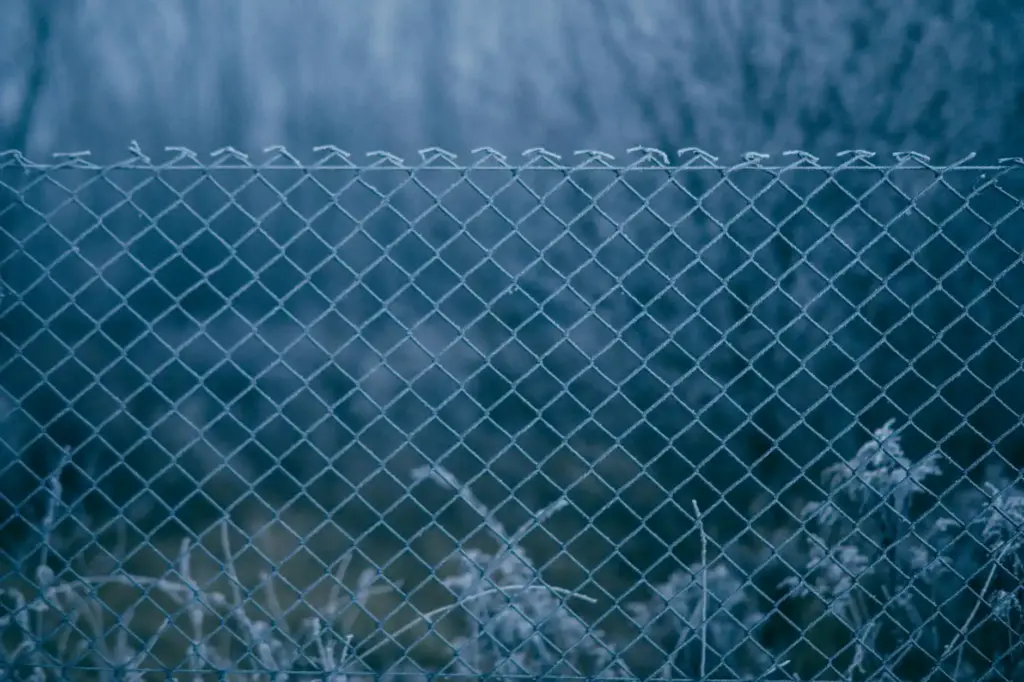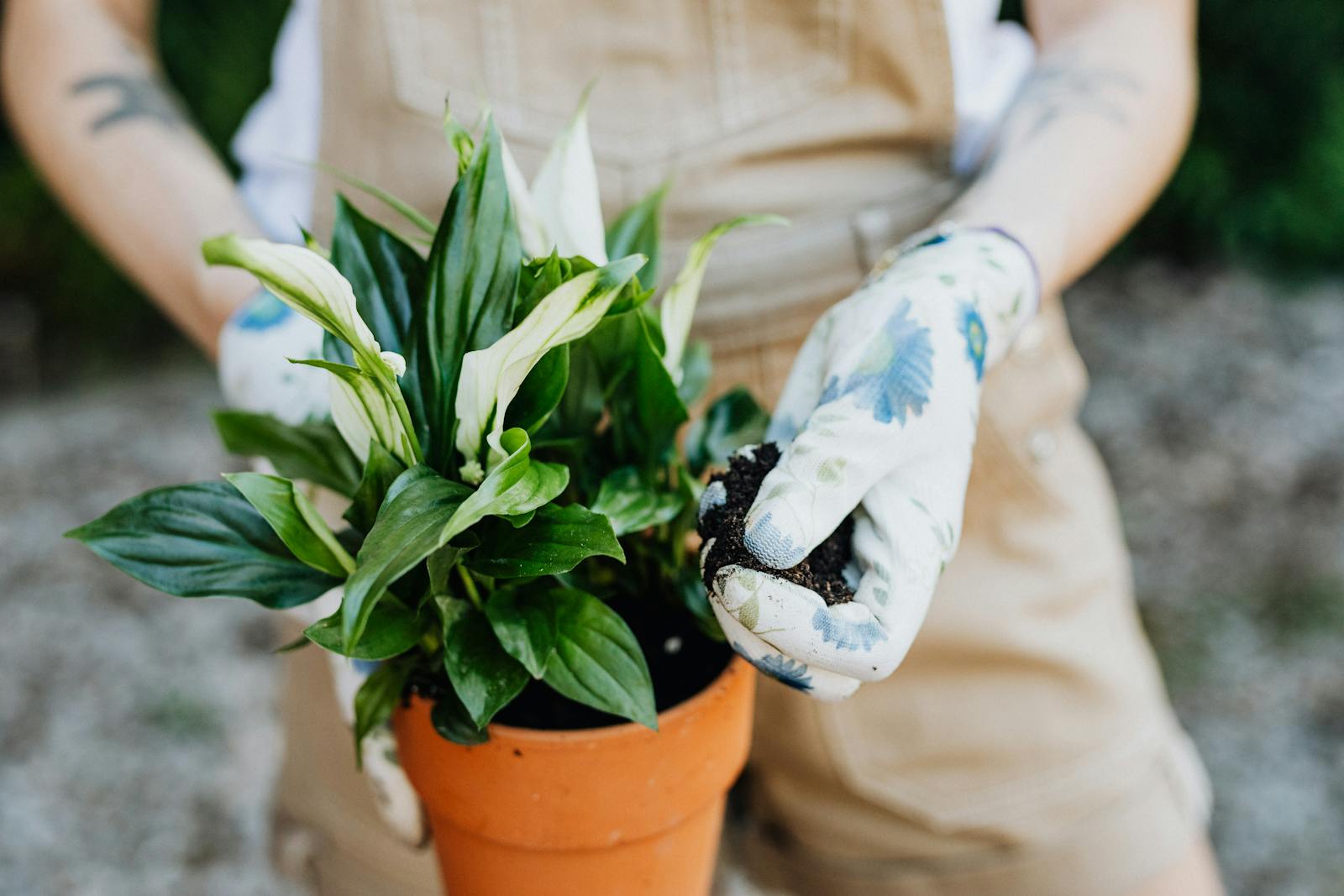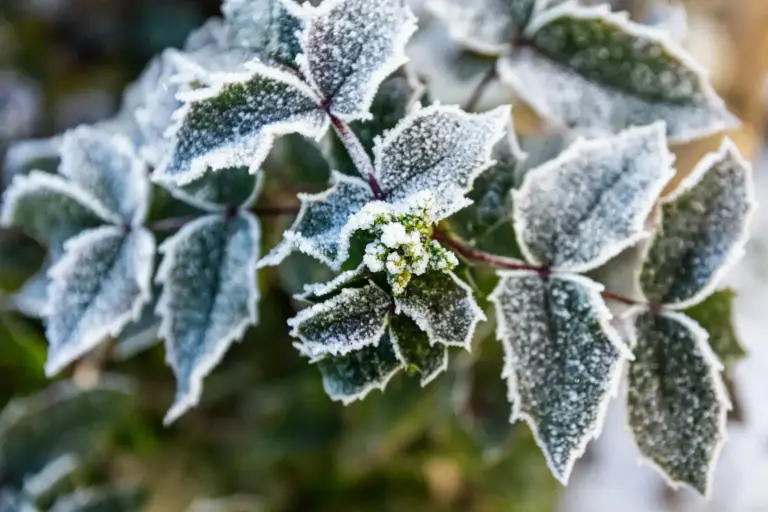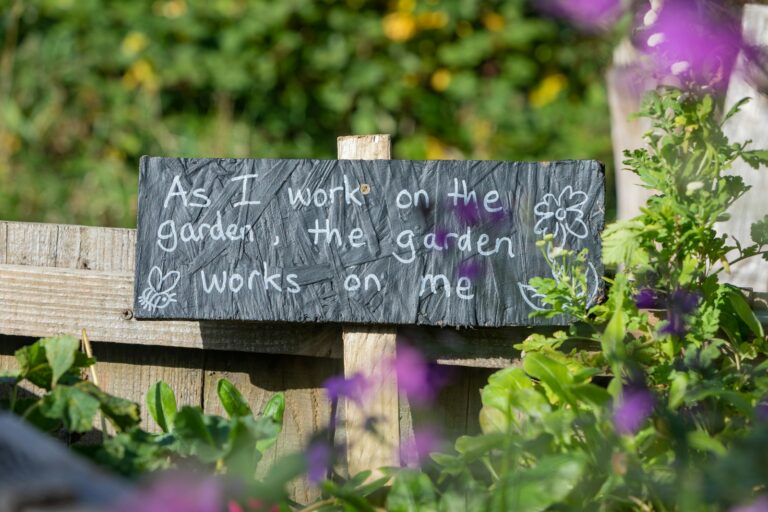Outdoor Garden Jobs That Make a Difference Before Snow Arrives to Prep Your Yard for Winter
As the air turns crisp and days get shorter, it’s easy to put off yard work. But a little effort now can save you headaches later when the snow melts and spring rolls around.
If you want your garden to bounce back healthy and full of life after winter, there are a few outdoor jobs worth tackling before the cold really sets in.
Rake and shred fallen leaves to protect grass and prevent mold

Rake up fallen leaves as soon as they’re dry. Wet leaves get heavy and can start to mold, making cleanup tougher.
Shredded leaves make great mulch or compost. This adds nutrients back into your garden and helps protect your grass.
Leaving a thin layer of shredded leaves on your lawn can keep the soil warm and safe from frost. Thick piles, though, block sunlight and air, so be sure to clear those.
Raking also helps keep bugs and snow mold at bay. If you’re not into raking, mowing over leaves to shred them works too.
For more leaf cleanup ideas, check this leaf cleanup guide.
Prune dead or damaged branches from shrubs and trees
Take a look at your shrubs and trees for any dead or damaged branches. Pruning now prevents winter storms from snapping them off and causing more problems.
Cut branches just above a growth point or near the base. This stops disease from spreading and helps your plants stay healthy.
Stick to smaller cuts so your plants can recover easily. For more details, see this guide on pruning trees and shrubs.
Mulch garden beds to insulate roots and retain moisture
Spread mulch over your garden beds before winter. This keeps roots insulated from freezing temperatures and helps lock in moisture.
Organic mulches like straw, wood chips, or shredded leaves work well. A 2 to 4-inch layer is usually enough.
Mulch also keeps weeds in check and stops soil from washing away during winter storms. If you want more tips, check this complete guide to winter mulching.
Protect tender plants with burlap or frost cloth

Some plants need extra help to survive the cold. Wrap tender plants in burlap or cover them with frost cloth to shield them from wind and snow.
Frost cloth lets moisture escape so plants don’t get soggy. Old blankets or sheets can work in a pinch, just make sure they’re not too tight.
Potted plants left outside do better when placed on the ground and covered with burlap or evergreen boughs. For more ideas, check out garden frost protection.
Drain and clean garden hoses to prevent cracking
Don’t forget about your garden hoses. Drain all the water out before freezing temps arrive so they don’t crack.
Give hoses a good rinse and wipe down the outside. Once dry, roll them up loosely and store them off the ground.
This keeps hoses in good shape for next year. For extra tips, check this guide on how to drain your garden hose.
Plant garlic or spring-flowering bulbs now for a vibrant garden
If you want colorful blooms and fresh garlic next year, now’s the time to plant. Garlic cloves need cold weather to get started, and spring bulbs like tulips and daffodils should go in before the ground freezes.
Bulbs planted now will root well and be ready to burst into color when spring arrives. Choose varieties that fit your soil and sunlight.
For more planting ideas, check this guide to spring-flowering bulbs.
Clean and store garden tools to prevent rust and damage
Take a few minutes to clean your garden tools. Dirt and moisture left on them can cause rust over winter.
After cleaning, dry tools thoroughly and rub a little oil on metal parts. Store them in a dry spot, off the ground if you can.
Sharp, clean tools make spring gardening easier. For a step-by-step approach, check out a guide on how to clean and store garden tools.
Cover vegetable patches with compost or mulch to enrich soil
Spread compost or mulch over your veggie beds before winter. Compost feeds the soil, and mulch protects it from harsh weather.
A thick, even layer helps keep weeds down and moisture in. Avoid piling mulch against plant stems to prevent rot.
This simple step makes a big difference for next season’s crops.
Wrap young trees with tree guards to prevent animal damage
Protect your young trees from hungry animals by wrapping the trunks with tree guards. Deer, rabbits, and mice can chew bark when food is scarce.
Use guards that let the tree breathe and don’t fit too tightly. Remove them in early spring so the tree can keep growing well.
White or reflective wraps help prevent sunscald too. For more info, see this guide on protecting young saplings.
Clear garden debris to reduce pest and disease risks
Take time to clear out dead plants, fallen leaves, and any leftover debris. This reduces places where pests and diseases can hide out over winter.
Trim back weak or dead branches to improve air flow and keep fungi away. Don’t forget to pick up old pots or tools left outside.
A clean garden now means fewer problems when spring comes.
How to Safeguard Your Garden for Winter
Getting your yard ready for winter isn’t just about chores. It’s about making sure your hard work pays off when the snow melts and everything starts to grow again.
A few simple steps now can help your plants survive, keep your soil healthy, and make your spring gardening so much easier.
Preparing Soil and Beds for Cold Weather
When the days start getting shorter, it’s a good time to think about your garden beds. Clearing out dead plants and weeds now can really make a difference later.
Pests and diseases often hide in leftover debris, so removing it helps keep your garden healthy. After that, take a garden fork or spade and loosen the soil.
This simple step improves drainage and lets more air reach plant roots. Next, add some compost or well-rotted manure to the soil.
Enriching the soil now means your garden will be ready for a strong start in spring. If you have vegetable beds, planting a cover crop is a smart move.
Cover crops protect the soil from erosion and add nutrients as they break down. You can also spread leaves or straw over bare soil to keep it from freezing solid.
These small efforts now can make gardening much easier when the weather warms up.
Using Winter Mulch Techniques
If you want to help your garden survive the winter, mulching is a great place to start. Try using shredded leaves, straw, or wood chips for this job.
Spread a layer about two to four inches thick over your garden beds. This helps insulate the soil when temperatures drop.
Pay special attention to areas around perennials, shrubs, and any new trees you’ve planted. These spots often need extra protection from the cold.
Be careful not to pile mulch right up against plant stems. This helps prevent rot and keeps your plants healthy.
You can also add mulch to your garden paths. It keeps weeds down and makes things less muddy when it’s wet outside.







